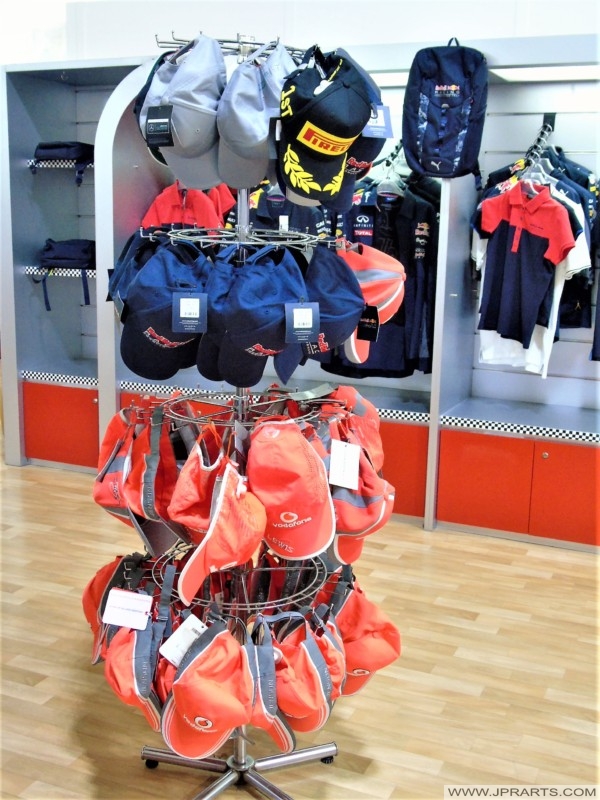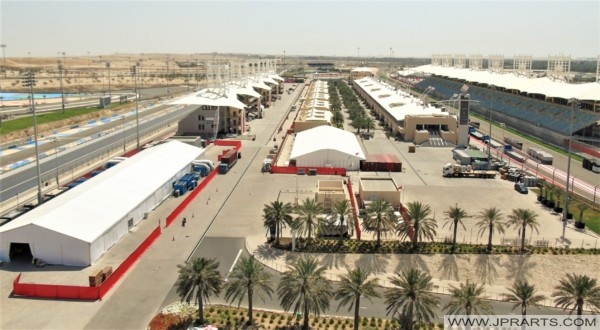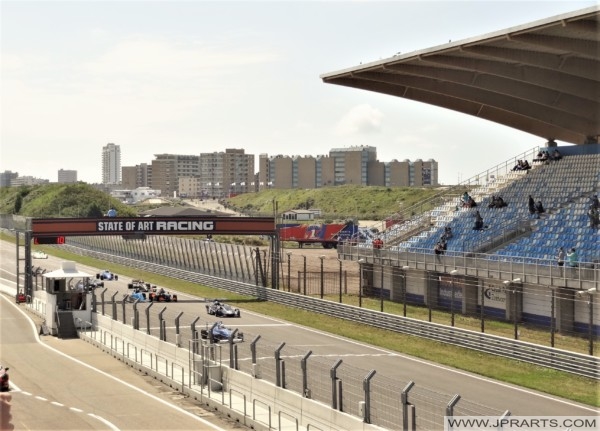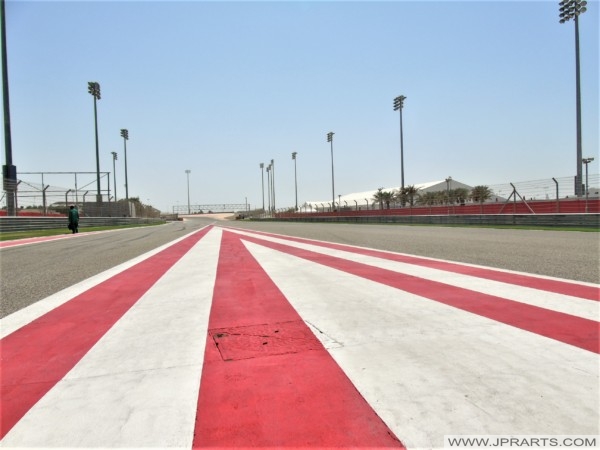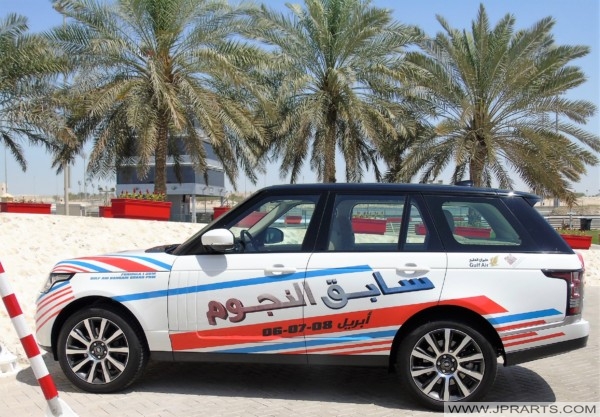A Formula One car is a single-seat, open cockpit, open-wheel racing car with substantial front and rear wings, and an engine positioned behind the driver, intended to be used in competition at Formula One racing events. The regulations governing the cars are unique to the championship. The Formula One regulations specify that cars must be constructed by the racing teams themselves, though the design and manufacture can be outsourced.
Formula One Cars
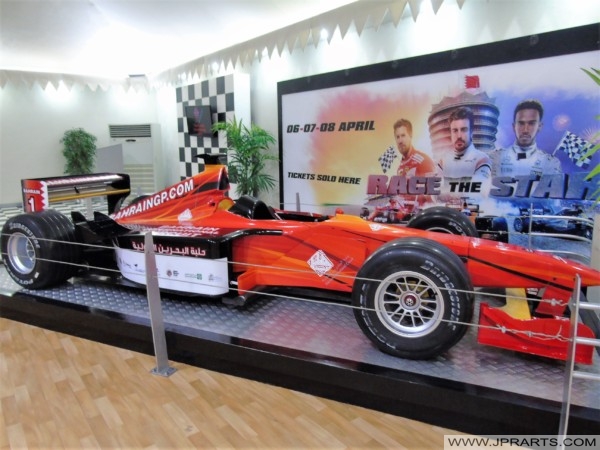
Order Digital Image 12.947 on A4 scale
Formel-1-Autos
Coches de Fórmula Uno
一级方程式赛车
Top speeds are in practice limited by the longest straight at the track and by the need to balance the car’s aerodynamic configuration between high straight line speed (low aerodynamic drag) and high cornering speed (high downforce) to achieve the fastest lap time. During the 2006 season, the top speeds of Formula 1 cars were a little over 300 km/h (185 mph) at high-downforce tracks such as Albert Park, Australia and Sepang, Malaysia. These speeds were down by some 10 km/h (6 mph) from the 2005 speeds, and 15 km/h (9 mph) from the 2004 speeds. On low-downforce circuits greater top speeds were registered: at Gilles-Villeneuve (Canada) 325 km/h (203 mph), at Indianapolis (USA) 335 km/h (210 mph), and at Monza (Italy) 360 km/h (225 mph). In testing one month prior to the 2005 Italian Grand Prix, Juan Pablo Montoya of the McLaren-Mercedes F1 team recorded a record top speed of 372.6 km/h (231.5 mph), which got officially recognised by the FIA as the fastest speed ever achieve.
Voitures de Formule 1
Автомобили Формулы-1
Vettura di Formula 1
سيارات الفورمولا واحد
With the 2009 regulations, the FIA rid F1 cars of small winglets and other parts of the car (minus the front and rear wing) used to manipulate the airflow of the car in order to decrease drag and increase downforce. As it is now, the front wing is shaped specifically to push air towards all the winglets and bargeboards so that the airflow is smooth. Should these be removed, various parts of the car will cause great drag when the front wing is unable to shape the air past the body of the car. The regulations which came into effect in 2009 have reduced the width of the rear wing by 25 cm, and standardised the centre section of the front wing to prevent teams developing the front wing.
Formule 1 Auto’s
फॉर्मूला वन कारें
Visit the Cheap Webshop for Blu-rays, Books and DVDs

